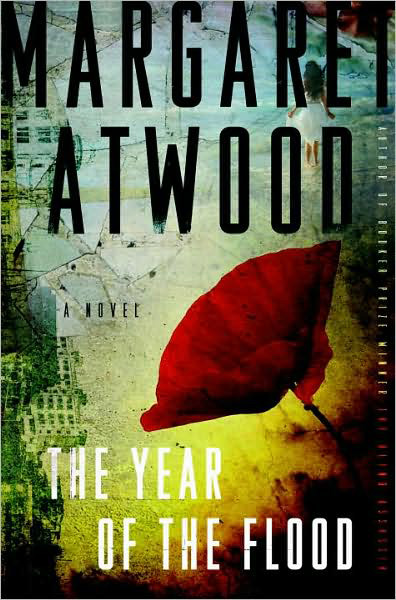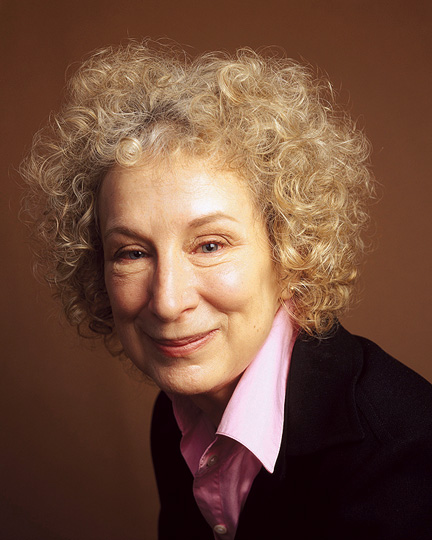A Review Of Margaret Atwood’s The Year Of The Flood


Margaret Atwood
Latest Article|September 3, 2020|Free
::Making Grown Men Cry Since 1992


Margaret Atwood


